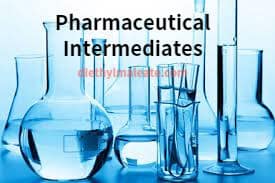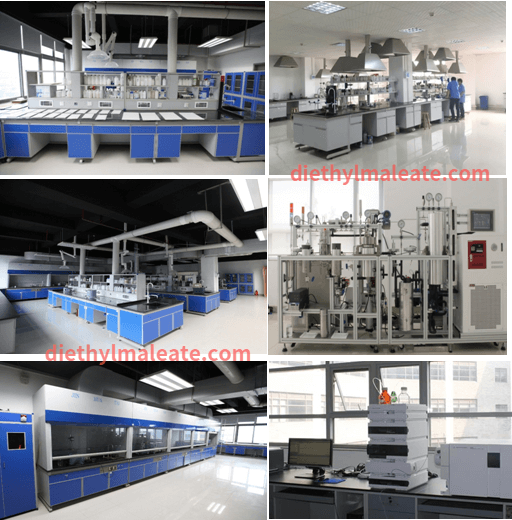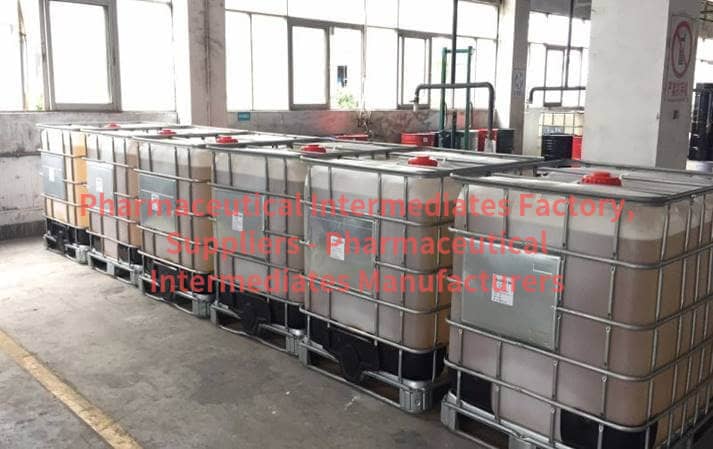
Pharmaceutical intermediates are actually some chemical raw materials or chemical products used in the process of pharmaceutical synthesis. This kind of chemical products, without the production license of drugs, can be produced in ordinary chemical factories, and can be used in the synthesis of drugs as long as they reach some levels.
Pharmaceutical intermediates are the main active ingredients of medicine, roughly equivalent to semi-finished products, belong to the middle of the multi-stage process, after a certain process of crude products, that is, still belong to the industrial materials, not the final product.
From the market concept is that this kind of stuff is not yet suitable for retail packaging, at the same time also did not get the marketing license, can not be used for end-use, can only be bought as raw materials between enterprises.
According to the function of use, there are the following categories.

The most promising varieties of pharmaceutical intermediates are mainly as follows.
Pharmaceutical intermediates are an important link in the industry chain of pharmaceutical industry.
Upstream are basic chemical raw materials, mostly petrochemical products, such as acetylene, ethylene, propylene, butylene and butadiene, toluene and xylene, etc.
Pharmaceutical intermediates are subdivided into primary intermediates and advanced intermediates. The primary intermediates suppliers can only provide simple intermediates production, in the front of the industry chain, the most competitive pressure and price pressure, so the price fluctuations of basic chemical raw materials to bring a greater impact.
Advanced intermediates suppliers not only have strong bargaining power over primary suppliers, but more importantly, because they are responsible for the production of advanced intermediates with high technical content and keep closer contact with multinational companies, so the impact of raw material price fluctuations on them is smaller.
Midstream belongs to pharmaceutical fine chemical industry. Manufacturers of pharmaceutical intermediates synthesize intermediates or API crude products and sell the products to pharmaceutical companies in the form of chemical products, which are refined and then sold as drugs.
Pharmaceutical intermediates include generic and customized products, and according to the different stages of outsourcing services, the customized business model of intermediates can be generally divided into CRO (contract research and development outsourcing) and CMO (contract manufacturing outsourcing).
In the past, pharmaceutical intermediates mainly adopted CMO business outsourcing model. Under the CMO model, pharmaceutical companies outsource the production chain to their partners. Therefore the business chain generally starts from dedicated pharmaceutical raw materials. Industry companies need to purchase basic chemical raw materials and sort and process them into dedicated pharmaceutical raw materials, then process them gradually to form API starting materials, cGMP intermediates, APIs and formulations.
However, as pharmaceutical companies require cost control and efficiency enhancement, simple production outsourcing services can no longer meet the needs of enterprises, CDMO model (production R&D outsourcing) has emerged. It has higher profit margin than CMO model.
Downstream is mainly the API production industry, and APIs and formulations are in the upstream and downstream industry chain. Therefore, the consumption demand of downstream formulation drugs will directly affect the demand of API, which in turn will affect the demand of intermediates.

The highly developed pharmaceutical intermediates industry in China started in 2000.
At that time, pharmaceutical companies in developed countries paid more and more attention to product development and market development as their core competitiveness, and accelerated the transfer of intermediates and original drug synthesis to developing countries with lower costs. For this reason, China’s pharmaceutical intermediates industry took this opportunity to gain excellent development. After more than a decade of steady development, with the support of overall national regulation and various policies, China has become an important intermediate production base in the global division of labor in the pharmaceutical industry.
From 2012 to 2018, the output of China’s pharmaceutical intermediates industry increased from about 8.1 million tons with a market size of about 168.8 billion yuan to an output of about 10.12 million tons with a market size of 201.7 billion yuan.
China’s pharmaceutical intermediates industry has achieved a strong competitiveness in terms of market, and even some intermediates manufacturers have the ability to produce intermediates with complex molecular structure and high technical requirements, and a large number of influential products have started to dominate the international market.
Diethyl maleate is also a pharmaceutical intermediate. Diethyl maleate is a polymer compound monomer, intermediate of pesticide, medicine, fragrance, water stabilizer (organic polycarboxylic acid phosphonic acid compound). It is mainly used in the production of organophosphorus pesticide malathion (malazon). Used as polymer monomer, synthetic resin plasticizer. Also used as insecticide, fungicide, anti-rust additive, etc.
